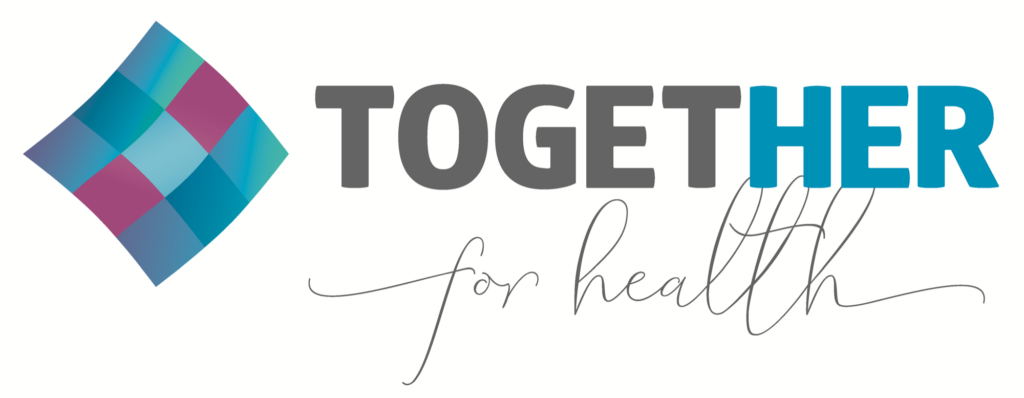The Cancer Moonshot: The United States’ Opportunity to Lead on Cervical Cancer Elimination
September 6, 2022
At the outset of the Biden Administration, TogetHER for Health and a diverse group of organizations called for the United States to provide bold leadership in the effort to eliminate cervical cancer, a preventable killer of over 342,000 women per year around the world.
The nineteen months since have witnessed uneven progress for cervical cancer. The United States – through PEPFAR investments in the Go Further collaboration launched in 2018, and USAID’s robust support for Gavi, the Vaccine Alliance – remains the largest funder of cervical cancer prevention in low- and lower middle-income countries. But, the United States has been slow to adapt its approach to cervical cancer in a way that reflects the global health consensus, including the need for PEPFAR and other U.S.-funded global health programs to expedite support for HPV testing, incorporating updated World Health Organization guidelines.
A decisive opportunity exists for the United States to redouble its commitment towards global cancer prevention and control: the revitalized Cancer Moonshot championed by President Joe Biden. This unprecedented injection of resources – over $1 billion, with a primary focus on efforts in the domestic U.S. – is meant to catalyze a reduction in cancer deaths by 50% over the next 25 years and offer support for cancer patients, survivors, and their families.
How does tackling cervical cancer – especially in the low- and middle-income countries where 90% of cervical cancer deaths occur – specifically reflect the Moonshot’s goals?
In large part, it’s because the means to end cervical cancer are with us now, making cervical cancer prevention a straightforward investment that will pay off several times over in terms of lives and resources saved. Moonshot objectives align presciently with WHO projections showing that scaling up cervical cancer prevention can reduce the global number of new cervical cancer cases by more than 42% by 2045, averting 300,000 deaths by 2030 and 14 million deaths by 2070.
Building global cervical cancer prevention investments into the Cancer Moonshot portfolio would help fill a significant gap in funding based on WHO projections and provide a huge boost to the elimination agenda. Here are ways in which Cancer Moonshot resources can enhance efforts to end cervical cancer globally:
1. Facilitate an evidence-based shift to single-dose HPV vaccination in national immunization programs supported by the United States, including Gavi, the Vaccine Alliance. Expediting a shift towards single-dose HPV vaccine regimens based on recommendations by the WHO’s Strategic Advisory Group of Experts on Immunization (SAGE) can significantly boost vaccination coverage rates in GAVI-eligible countries while removing much of the logistical challenge and cost associated with multiple-dose regimens. Further, a move toward single-dose regimens can play a role in reversing the concerning 25% reduction in global HPV vaccine coverage driven by COVID-19 mitigation policies.
2. Increase investments in and eligibility for U.S.-funded programs providing cervical cancer screening and treatment of precancer. Two out of three women globally have never been screening for cervical cancer. Increased investments will allow Go Further and other U.S.-supported women’s health programs to expand geographically into other high-burden countries, expand coverage to women beyond those living with HIV, and ensure high-quality referrals and care for those women in need of follow-up.
3. Incorporate cervical cancer prevention services into standard sexual and reproductive healthcare alongside contraceptive access, testing and treatment for HIV and other sexually transmitted infections. Evidence has shown that co-locating cervical cancer prevention services with those serving other women’s health needs can boost access for multiple services. Failing to integrate existing sexual and reproductive health programs wastes resources and puts women at risk for multiple health threats.
4. Implement more impactful, evidence-based cervical cancer prevention strategies. U.S.-funded cervical cancer prevention programs require support – including regulatory guidance and health personnel training – to enable transition to technologies and strategies that can enhance program impact, such as thermal ablation for treatment of precancerous lesions, and HPV self-sampling and collection. Expediting the transition to HPV DNA testing offers a particularly timely opportunity to align cervical cancer screening capacity with United States investments to bolster global viral diagnostic infrastructure for COVID-19.
United States leadership in global cervical cancer prevention is making major contributions to ending this global health crisis. We believe that the Administration’s Cancer Moonshot Initiative offers a unique opportunity to rapidly advance U.S. achievements – and the global cervical cancer elimination agenda – even further.
“Masaika Clinic in Tanzania Reopened – Combined Joint Task Force – Horn of Africa – 091007-N-2420K-363” by US Army Africa is licensed under CC BY 2.0.
